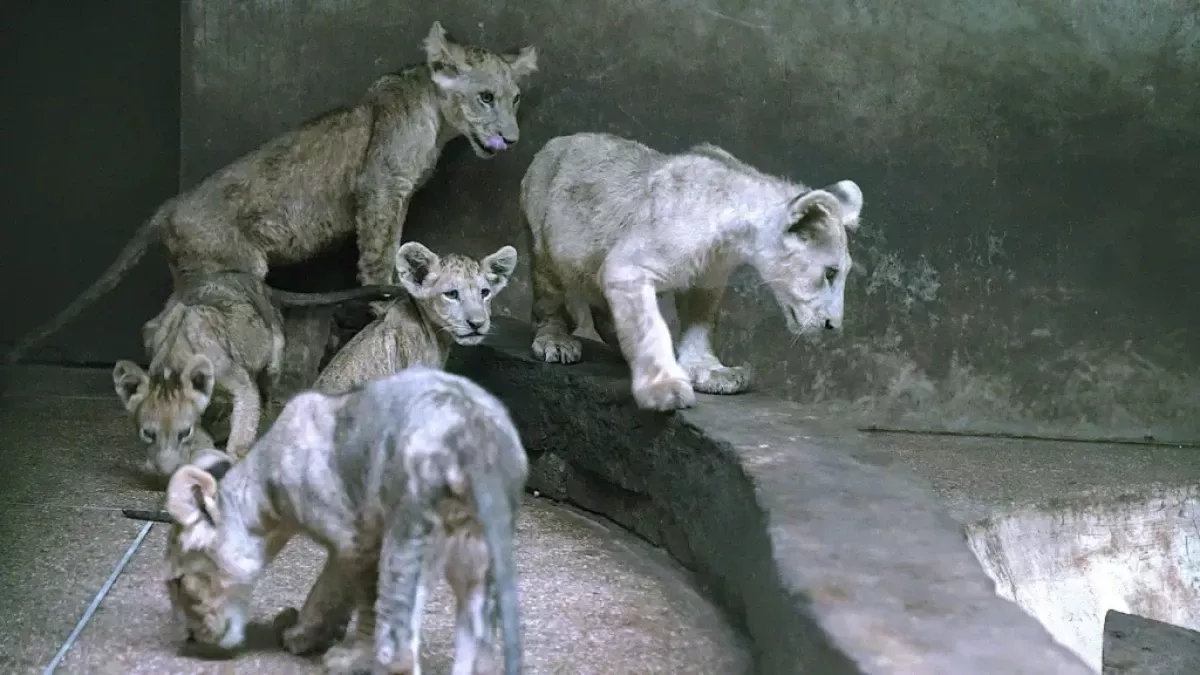
Unusual smells and noises are being noticed in the villages surrounding the major cities of Pakistan. This was reported by Zamin.uz.
In these areas, 26 lions, tigers, and their cubs are being kept. According to owner Fayyaz, the rains have caused the land to become swampy, but the animals are living happily there.
They approach humans and feed. They are generally not aggressive, but some may be naturally aggressive.
Fayyaz has become one of the largest private wildlife traders in Pakistan by buying lions and tiger cubs over the past decade. Owning lions, tigers, pumas, cheetahs, and jaguars is considered a symbol of wealth, status, and political power in the country.
In recent years, the popularity of social media and the trend of bringing large predators to weddings have increased demand. After a lion escaped and attacked a woman and her two children in Lahore, the government implemented new strict control measures.
Now, a registration fee of 50,000 Pakistani rupees has been set for each large animal. Additionally, keeping more than 10 large animals on each farm and keeping more than two species of large predators has been prohibited.
All farms must be open to the public. Those who violate the law face fines of up to 200,000 rupees and, in severe cases, imprisonment for up to 7 years.
It has been revealed that some farms are illegally breeding and selling large predators. Before government raids, some of the animals are secretly relocated to other places.
At a farm near Lahore, it has been found that five lion cubs are circling in a cage, while their parents are not visible. Some animals are being taken to the state zoo for medical examinations.
Officials estimate that the raids will only scratch the surface of the problem, as there are hundreds, even thousands, of unregistered large predators in Punjab province. Mubeen Ellahi, head of the Pakistan Wildlife and Parks Department, stated that the process will take at least six months and that 30-40 percent of the lions in Punjab have not yet been officially accounted for.
Another issue highlighted is that due to inbreeding among close relatives, some animals may develop genetic problems and could be at risk of extinction.







